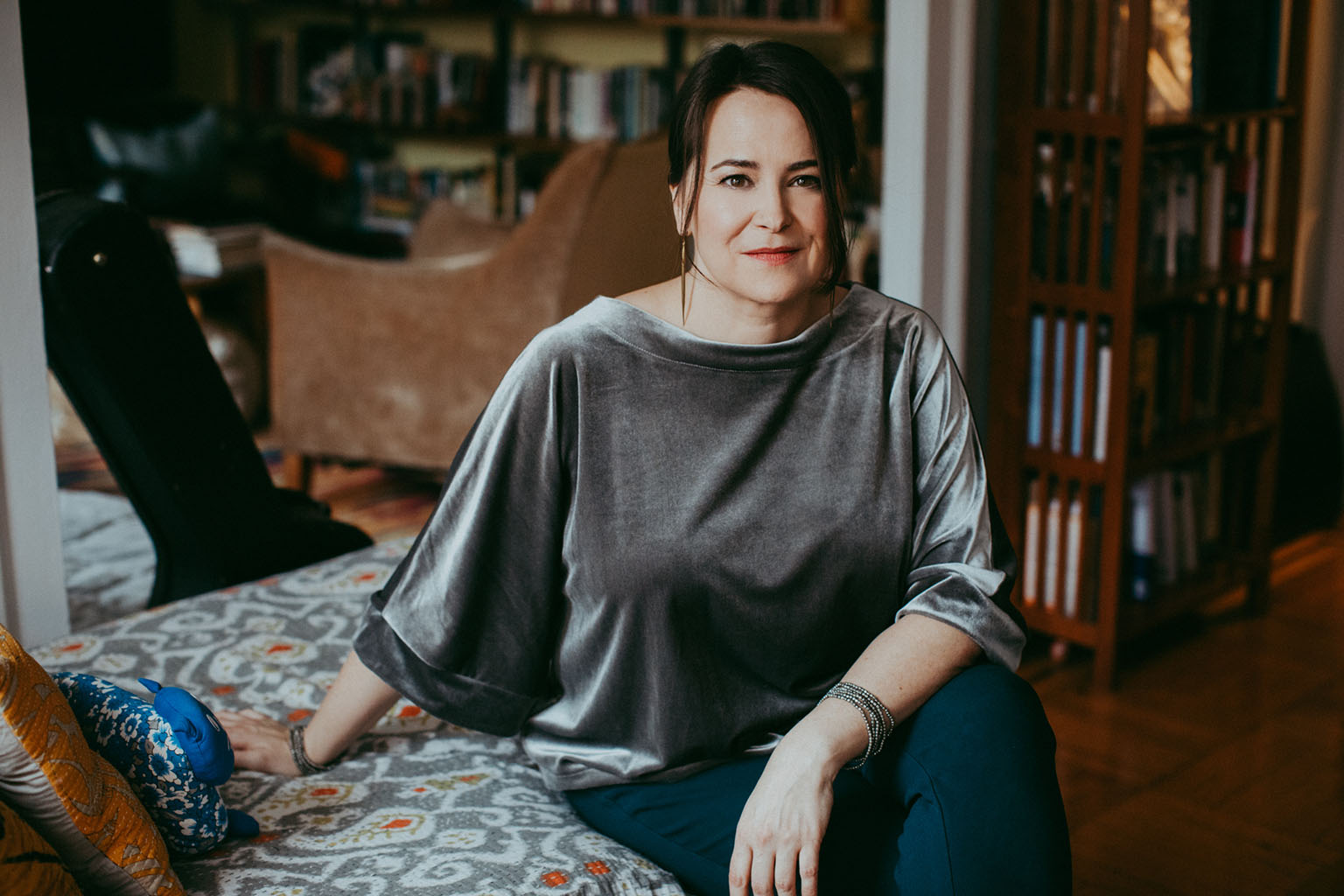Part book review, part impressionistic scribblings on the joys of reading and the struggles of carving out time in which to do it,
#ABookishYear is a weekly dispatch from the front lines of an intellectual journey spanning fifty-two tomes.
The Whole Hog
By Roxanne Fequiere
Roald Dahl paperbacks were one of my childhood cornerstones, along with Barbie dolls, stirrup leggings, and ABC’s TGIF lineup. While Miller-Boyett sitcoms and perma-curled dolls’ bangs aligned perfectly with the ’90s mood du jour, Dahl’s novels, like so many of my favorite books, felt temporally transportive. A precocious young reader, I didn’t have the context to pinpoint the exact era of my favorite tales, but I reveled in the faraway feel of it all. Imagine my surprise when I learned earlier this year that Matilda was published in 1988, the same year I was born (The Witches, 1983; Esio Trot, 1990!). In addition to all of his other writerly talents, Dahl had managed to craft an instant classic, something that felt as if it had always been there.
I discovered this time-warping bit of trivia back in June when I was looking up ‘80s books. My mind was blown, but that fact alone didn’t seem to warrant a spot on my list. After all, I’d been looking for titles that were somehow emblematic of the decade and Matilda seemed to be anything but. As it turned out, I was already in the midst of rereading the book for the first time since childhood—this time, out loud, to Penelope, the little girl I sometimes babysit. Still, it wasn’t a good fit for ‘80s month. I filed the detail away.
“I identified strongly with her love of books and quiet nature, envied her telekinetic powers as well as her eventual freedom to choose the life she wanted for herself.”
From what I recall of my first encounter with Matilda Wormwood, I identified strongly with her love of books and quiet nature, envied her telekinetic powers as well as her eventual freedom to choose the life she wanted for herself. Penelope demanded much more from the story, and by extension, me. She wanted to know how Mr. and Mrs. Wormwood could treat their own child so horribly; if Matilda was justified in her pranks and mischief; if she would theoretically be allowed to engage in similar behavior if her own parents acted like the Wormwoods.
Penelope also wanted to know how Miss Trunchbull was able to get away with flinging her students out of windows. Hortensia helped me out there: “[Trunchbull] treats the mothers and fathers just the same as the children and they’re all scared to death of her.” Penelope swallowed this logic with a mixture of bewilderment and dazzled amusement, not quite understanding but willing to go along with it for the story’s sake. And then came Bruce Bogtrotter.
Penelope’s misgivings seemed to disappear once Bruce Bogtrotter appeared before the children gathered in the Assembly Hall. She gasped, giggled, and triumphed along with them when he scarfed down that massive cake. And later, during subsequent babysitting appointments, she’d ask for me to reread the chapter to her, over and over again. The first few times I read it, I saw the scene through childlike eyes, both hers and mine. I remembered the thrill of realizing that mean old Miss Trunchbull’s punishment would backfire, that Bruce would quite literally get to have her cake and eat his, too.
“Never do anything by halves if you want to get away with it. Be outrageous. Go the whole hog.”
I kept forgetting that after Bruce triumphs over the headmistress, she retaliates by smashing a china platter over his head. I forgot about the exchange at the beginning of the chapter: Matilda’s friend, Lavender, still dumbfounded by the multiple reports of injury inflicted on students by faculty, insists that if it were her getting knocked around by a teacher, her father would certainly have something to say about it; Matilda’s regrettably astute response: “He simply wouldn’t believe you…. Your story would sound too ridiculous to be believed. And that is the Trunchbull’s great secret. Never do anything by halves if you want to get away with it. Be outrageous. Go the whole hog. Make sure everything you do is so completely crazy it’s unbelievable. No parent is going to believe this…story, not in a million years. Mine wouldn’t. They’d call me a liar.”
It probably won’t come as a surprise to learn that Roald Dahl himself was sent away to boarding school as a child, a place where he suffered vicious abuse. It’s not a stretch to imagine that perhaps the beatings were so outrageous that he wasn’t believed when he brought these painful tales home, either. Even as a young reader, my interpretation of Matilda had been colored by my own scope of reality—I’d thought the entire story a bit fantastical, macabre, and charming, fortunately far removed as I was from the sorts of non-fictional environments that’d inspired the story.
I thought about this proverbial realm of possibility again when, weeks later, I read an investigative report on the decades of systemic abuse in a Burlington, Vermont orphanage. The details were so completely crazy that it would be easy to call them unbelievable—in fact, they were deemed just that—if the evidence and corroborating testimonies weren’t there. The victims were called liars, too. In a way, I suppose it wouldn’t make a difference whether Matilda was published in 1943, 1988, or 2018—it resonates—with children and adults, the disenfranchised and the powerful, the lucky and less fortunate—because it paints a picture of the world that acknowledges darkness and light, sweetness and evil. It’s not ideal, but it remains relevant.
Roxanne Fequiere is a New York–based writer and editor who might just make it after all.
Featured Books
Return to
FEATURED INTERVIEWS










